Optimal Timing for Fireplace Inspections
Fireplace inspections are essential for maintaining safety and efficiency. The optimal time for inspections is typically before the start of the heating season, often in late summer or early fall. Conducting inspections during this period ensures any issues are identified and addressed before use becomes frequent, reducing the risk of fire hazards or malfunctions.
Regular inspections can also be beneficial after severe weather events or if the fireplace has not been used for an extended period. Annual inspections are recommended to ensure the chimney and fireplace components are in good condition, preventing smoke backdrafts, blockages, or structural damage.
Ideal for ensuring safety before winter use. Detects potential issues early, reducing the risk of fire hazards.
Recommended after storms or heavy winds to identify damage or blockages caused by debris.
Important if the fireplace has been unused for months, to clear obstructions and verify structural integrity.
Ensures ongoing safety and compliance, maintaining fireplace performance year-round.
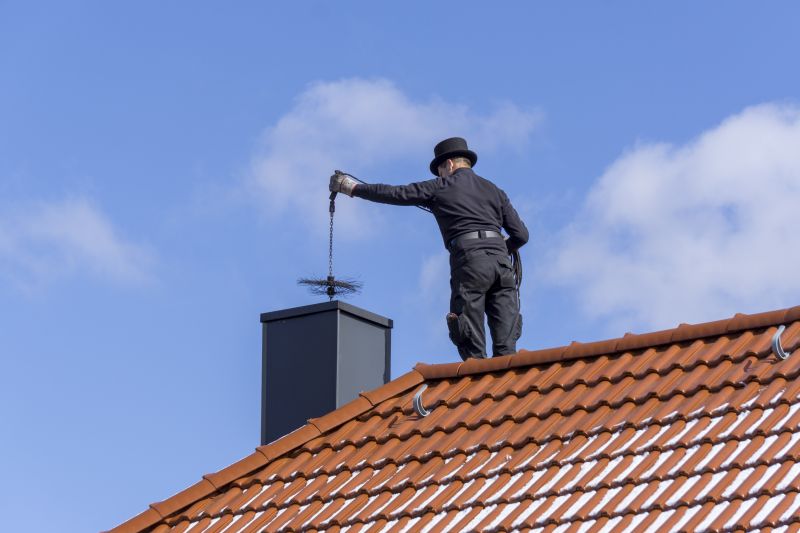
Technicians examine the flue for blockages and creosote buildup.

Assessment of the masonry and surrounding structure for cracks or deterioration.
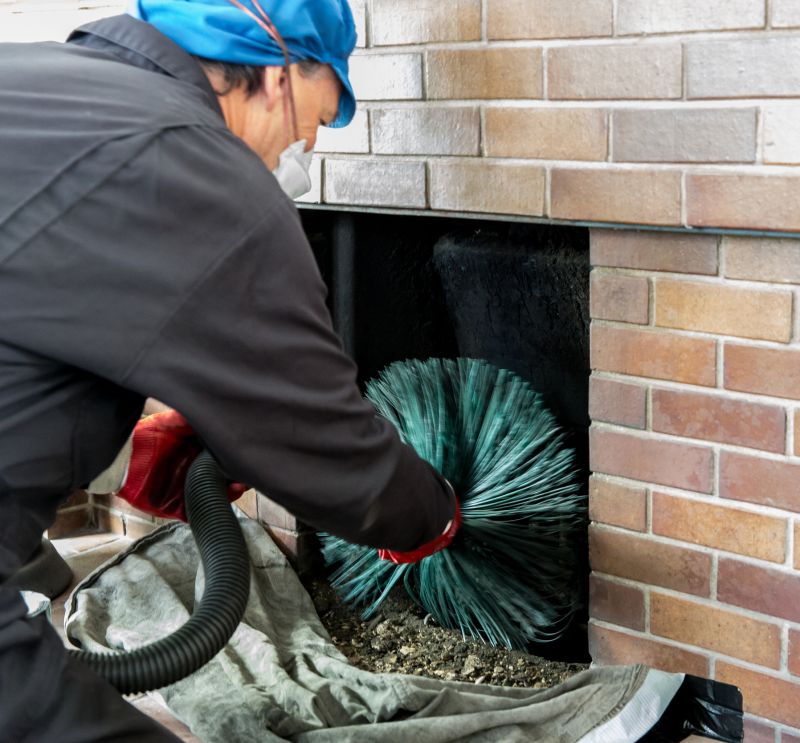
Ensures proper clearance and absence of obstructions for safe operation.
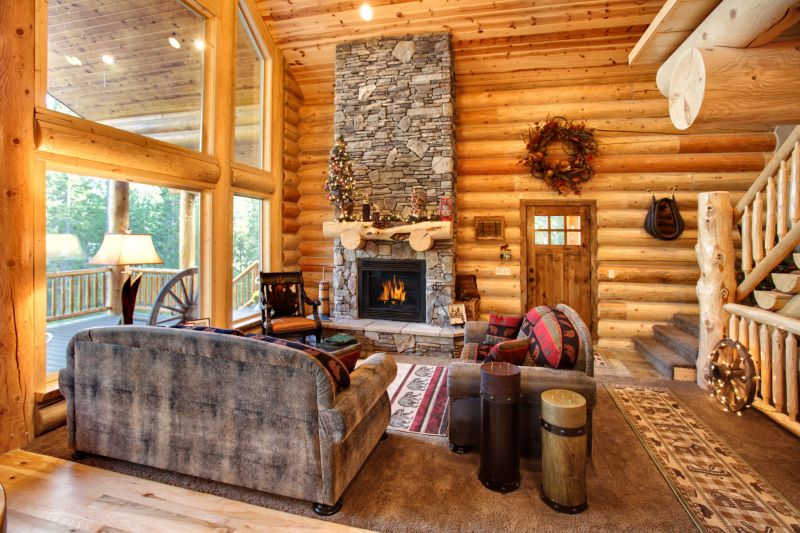
Ways to make Fireplace Inspections work in tight or awkward layouts.
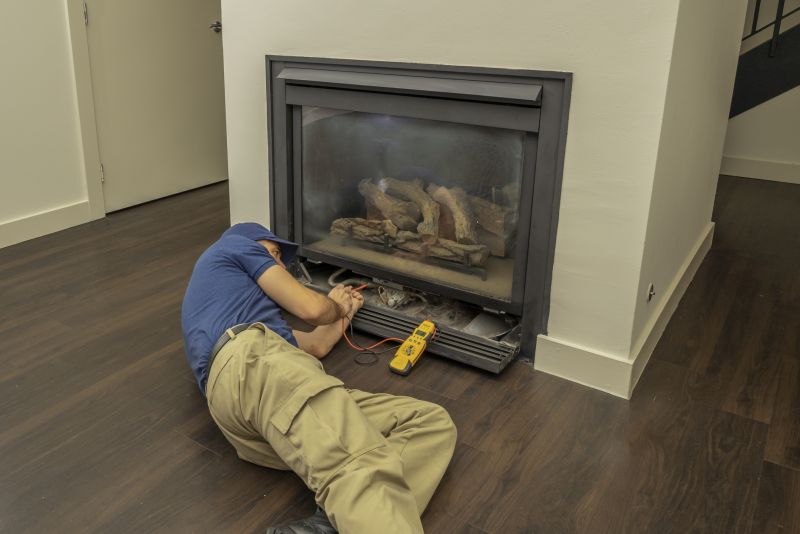
Popular materials for Fireplace Inspections and why they hold up over time.
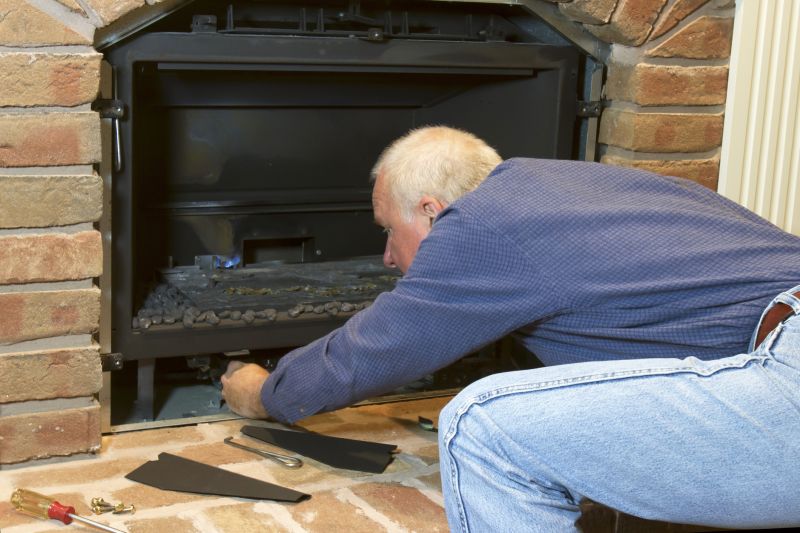
Simple add-ons that improve Fireplace Inspections without blowing the budget.
| Timing | Recommended Action |
|---|---|
| Late Summer/Early Fall | Schedule a professional inspection before the heating season begins. |
| After Storms | Inspect for damage or debris blocking the chimney. |
| Extended Non-Use Periods | Perform a thorough inspection and cleaning before use. |
| Annually | Ensure safety and proper functioning with a professional check. |
| Before Major Holidays | Verify the fireplace is ready for holiday gatherings. |
Fireplace inspections play a vital role in maintaining safety, efficiency, and longevity. They help identify issues such as creosote buildup, cracks, or obstructions that could lead to fire hazards or poor performance. Statistics indicate that regular inspections and cleaning can reduce the risk of chimney fires by up to 90%. Proper maintenance also improves indoor air quality and ensures compliance with safety standards.
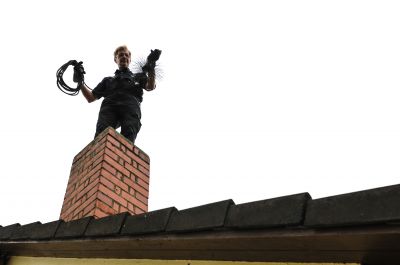
Visual and technical assessment of the chimney’s interior and exterior.

Cleaning of flammable deposits to prevent fire risks.
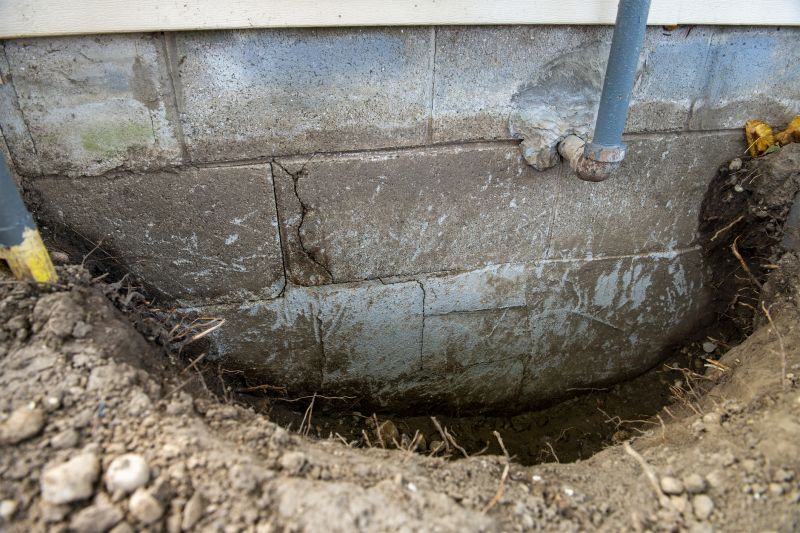
Assessment for cracks, deterioration, or damage.
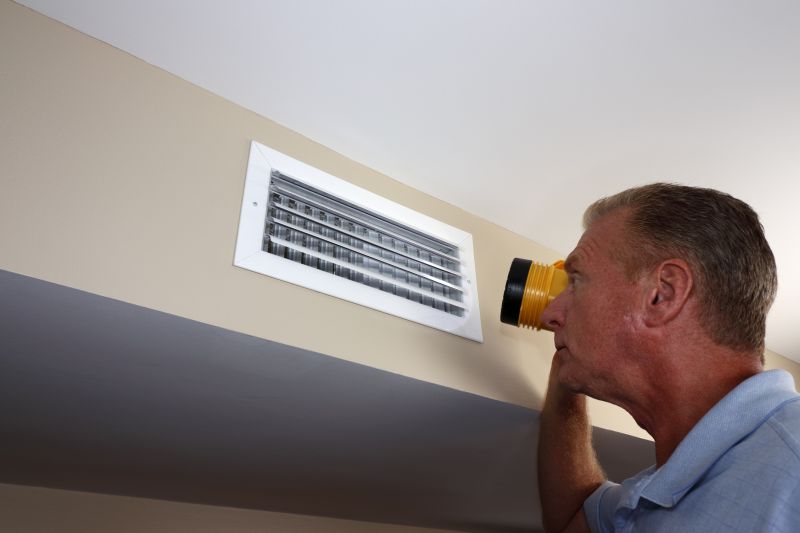
Ensures proper airflow and safe exhaust of gases.
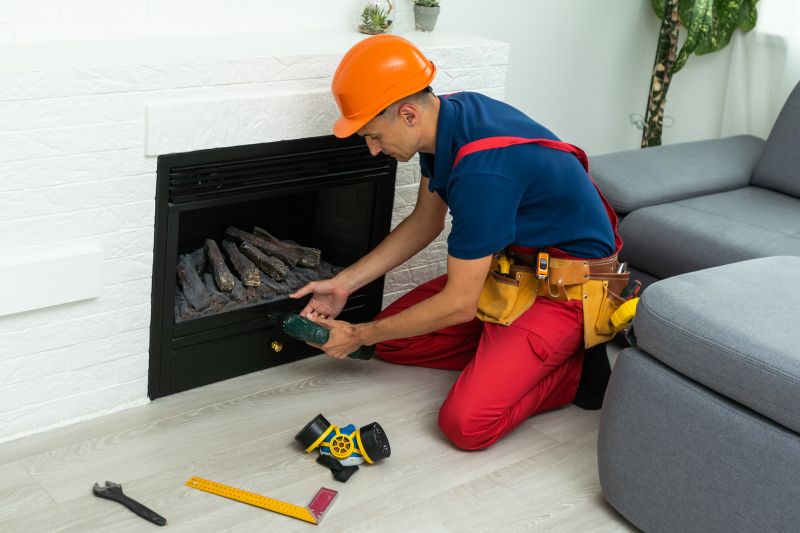
High-end options that actually feel worth it for Fireplace Inspections.
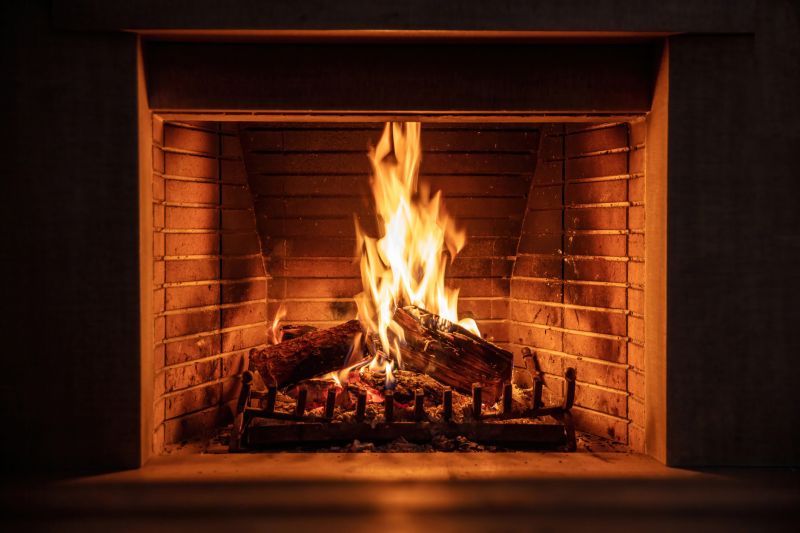
Finishes and colors that play nicely with Fireplace Inspections.
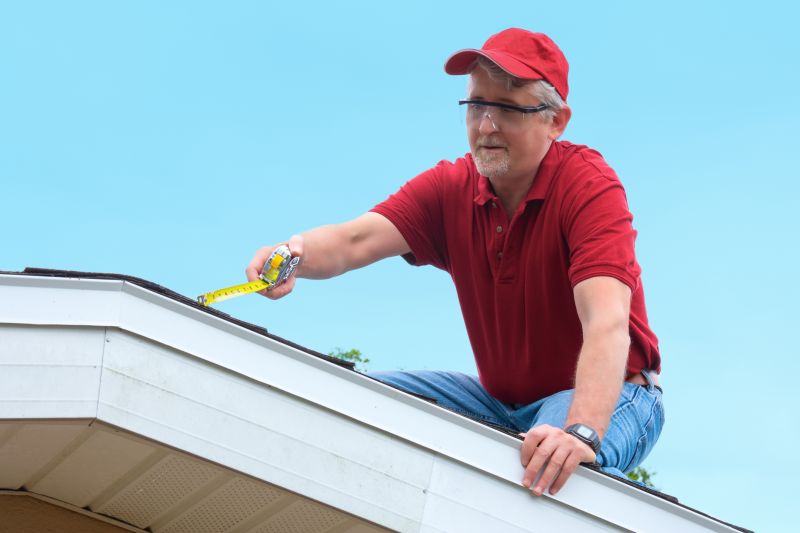
Little measurements that prevent headaches on Fireplace Inspections day.
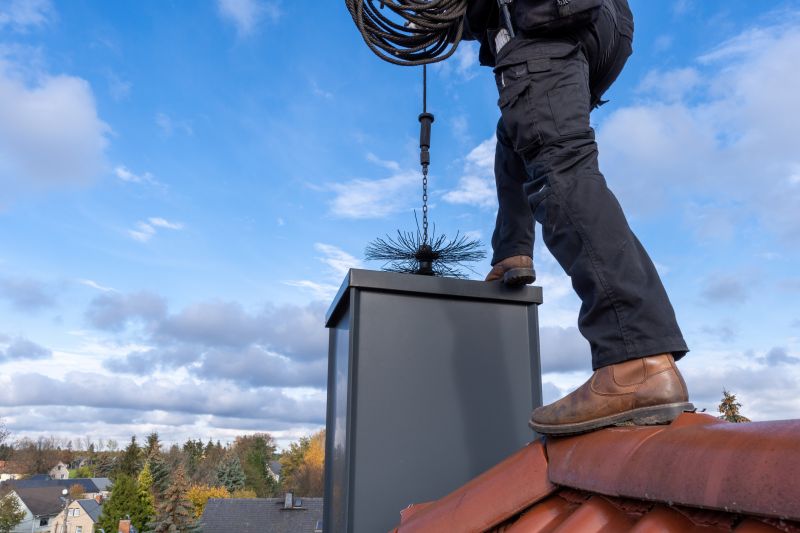
A 60-second routine that keeps Fireplace Inspections looking new.
Interested in scheduling a fireplace inspection? Filling out the contact form provides a convenient way to arrange a professional assessment. Regular inspections contribute to safe, efficient, and reliable fireplace operation, helping to prevent costly repairs and safety hazards.
